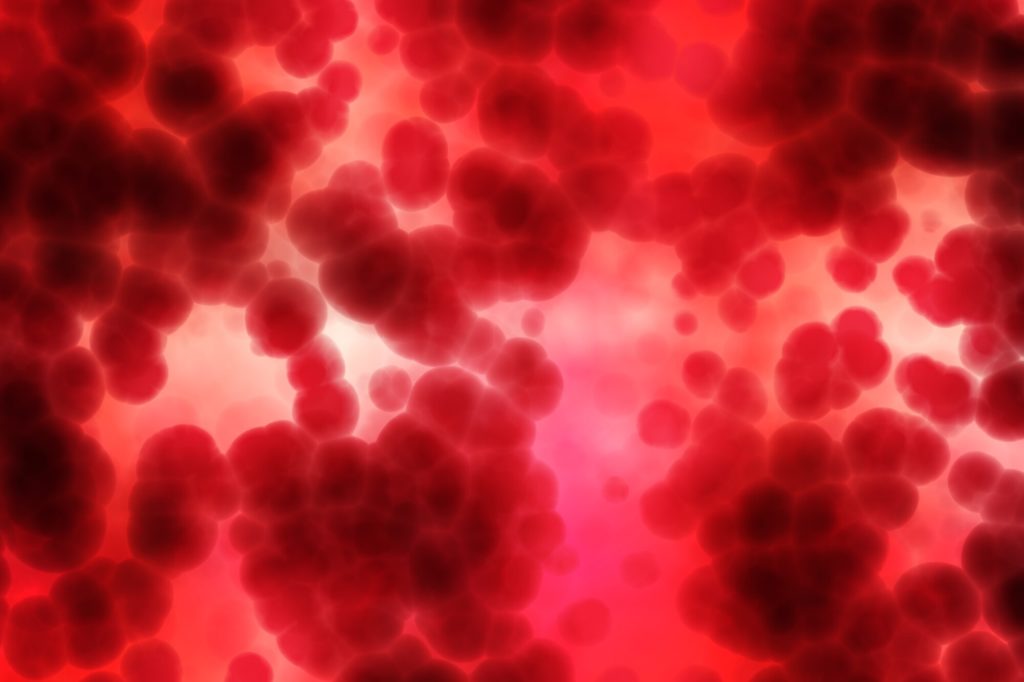What Are the 4 Major Blood Groups? Your Essential Guide

Blood truly runs thicker than water! Only 66% of Americans know what their blood types are.
Many people assume that the differences between blood groups don’t matter. In reality, knowing what type of blood you have can make the difference between life and death. Before you get into an accident and need blood, you must know about different blood types.
What determines blood groups, and how do you know what blood group you fall into? What is each group like, and how many people fall into each group? Who are universal donors and universal recipients?
Answer these questions and you can get the blood you need for a healthy life. Here is your quick guide.
The Basics of Blood Groups
The most common system for blood groups is the ABO system, which is based on the antigens on a person’s red blood cells. Antigens are molecules that bind to antibodies in the body.
Your immune system will attack blood cells that have the wrong antigens. This means that if you receive the wrong type of blood, your immune system can overreact and cause organ damage.
Each group also has positive and negative types. These types refer to the presence of Rh proteins, which also affect the immune response. An Rh-negative person who gives birth to an Rh-positive baby may produce antibodies that can harm their baby.
A person inherits genes from their parents that affect what blood group they have. A child can have a different blood group than their parents, especially if one parent has type A blood and the other has type B blood.
But doctors can use genetic charts to determine what blood a newborn child is likely to have. You can also receive a test during a medical screening that determines your blood type.
A
People in blood group A have A antigens. They can only give blood to people within their blood group and to people with AB-positive blood. Their blood contains plasma that has antibodies that damage B antigens, so their bodies will trigger an immune response if they receive B blood.
The A+ type is one of the most common blood types, with 35.7% of Americans having A+ blood. Donors can give their blood and plasma to other A+ people. They can also give blood to AB+ people and receive all types of A and O blood.
A- is less common, with only 6.3% of Americans having it. They can give blood and plasma to anyone who has type A or type AB blood, but they can only receive types A- and O-.
B
People with type B blood have B antigens. They also have antibodies in their blood plasma that destroy A antigens. 8.5% of Americans have B+ blood while 1.5% of B- blood.
People with B+ blood can donate blood to B+ and AB+ people. They can receive all B and O types.
B+ blood tends to produce strong platelets, which help with blood clotting and immune responses. If you have B+ blood and you want to donate, consider donating your platelets in addition to your plasma. You can donate your platelets to a hospital or chemotherapy center.
B- donors can give blood to anyone with type B or AB blood. But they can only receive blood from other B- people or from O- donors.
AB
People with AB blood have both A and B antigens on their red blood cells. However, they do not have antibodies in their blood plasma. This means that they are universal blood plasma donors, regardless of Rh proteins.
People with AB+ blood are also universal recipients. Yet they can only give blood to other people who are AB+.
This puts a strain on AB+ blood in blood banks, and many banks are looking for AB+ donors to give their blood. Only 3.4% of the population has AB+, so you should donate your blood if you have it.
AB- blood can receive blood from anyone with a negative type. They can give blood to anyone in the AB group. The AB- group is the least common blood group in the United States, with less than 1% of the population being members.
O
People with group O blood have neither A nor B antigens on their red blood cells. Yet both A and B antibodies are in their blood plasma.
Donors with type O+ blood can donate blood products to anyone who is positive for the Rh protein. They can also receive all types of O blood. O+ is one of the most common blood types, with roughly 37.4% of the population having it.
Donors with O- blood can donate their blood products to anyone. Blood banks are in high demand for O- blood, so consider donating if you have it.
However, O- people can only receive blood from O- donors, so be mindful about how your blood is used. 6.6% of Americans have O- blood, making it hard for O- patients to receive it.
The Essentials of Blood Types
Blood groups stem from the presence of molecules and proteins in the blood. Some types are incompatible with others, so it’s important to know what blood you have.
The most common blood groups are O+ and A+. Universal recipients are people with AB+ blood and universal donors are people with O- blood. AB- blood is the least common group, but people in this group can get blood from anyone with negative blood.
The best way to know what blood you have is to get tested. Precision Labs Testing provides quick and easy blood tests. Browse our services today.
